What is a LED Monitor?
An LED monitor, also known as an LED display, is a computer or television with a flat panel and a screen that emits light. The most advanced computer display technology available now is LED monitors. The 1960s saw the initial development of LED technology. These monitors have provided viewers with crystal-clear images and outstanding color fidelity for a long time. An LED monitor is known as a sophisticated LCD monitor (Liquid Crystal Display) that displays images using light-emitting diodes rather than cathode ray tubes. Several flat-panel monitors employ the technology. It produces brilliant colors and clear images and uses less energy than typical displays.
Hewlett Packard Company produced the first LED device, made available to the public in 1968. NEC was one of the companies that pioneered the production of desktop LED screens in 2009. The MultiSync EA222WMe LED display was their first. James P. Mitchell invented the LED display in 1977. This represented a significant advancement in display technology, and this LED display is still functional today more than 30 years later.
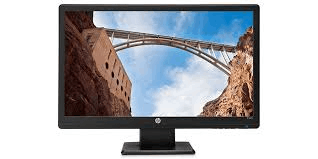
How does LED Monitor work?
A LED display is made up of a lot of closely spaced LEDs. The diodes work together to create an image on display by adjusting their brightness. The concepts of additive color mixing, in which new colors are formed by combining light in different colors, are utilized to create brilliant color images. LEDs (Light Emitting Diodes) translate electrical energy straight into the light. As a result, there is less electricity wasted while producing light.
A display that uses LED (light-emitting diode) technology and is energy-efficient is known as an LED (light-emitting diode) monitor. LED backlight lighting is how LED displays work in place of fluorescent tubes or cold cathode fluorescent bulbs.
Electrical currents are transformed into light using electronic light-emitting diodes, or LEDs. The smaller pieces of the bigger sub-pixel, known as red, green, and blue sub-pixels, create the images on an LED display.
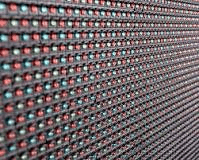
Parts of LED Monitor
Several parts go into an LED display that makes the monitor work. The display panel of the monitor, which generates the image you see on your computer screen, is undoubtedly its most crucial component.
Housing Frame:
The frames of several flat LCD and LED monitors are made of metal. The frame or cabinet is the box-like framework that holds all the monitor's parts together. The monitor housing frame is made of various designs and materials, most plastic.
The Display Unit:
The portion of the monitor that houses your LCD screen settings is the display unit. The display itself is housed in the display unit. It has every element required to display images. It contains buttons for adjusting brightness, contrast, color, and other settings.
A Monitor Stand:
The monitor's display is supported by the arm or stand. These arms often have a locking mechanism to keep the display unit in position while transported.
Circuit Boards and Internal Components:
Circuit boards and internal parts control the LED lighting, pixels, and video processing. They additionally handle a variety of inputs, including analog and digital ports.
Types of LED Monitors(LED Displays)
The Edge Lit LED Monitor:
LEDs positioned on the edges of an LCD monitor and facing the center of the screen are used in edge-lit LED displays to illuminate an image. Edge Lit LED Monitors do not completely dim an image like full-array LED displays do since the light-emitting diodes are only located at the screen's edges.
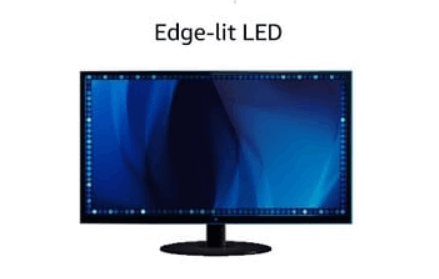
Full-Array LED Monitor:
LEDs are positioned all over the screen in a complete array LED display. This sort delivers vibrant colors, richer visuals, and deeper blacks and whites of the display. Everything you view on it will appear in real life because of its finer fading.
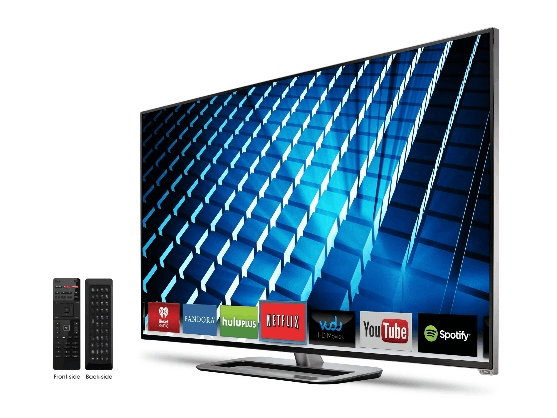
The Direct-Lit LED Monitor:
Given that it contains rows of LEDs behind it, this differs from the two displays I've already mentioned. It also differs in that it doesn't employ local dimming, making pure blacks impossible to achieve.
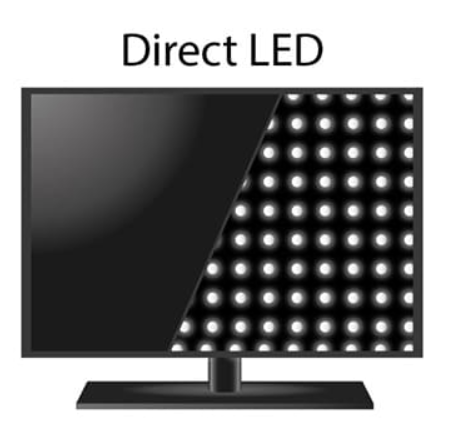
Full matrix LED:
An LED grid is used in a full matrix LED display located behind an LCD screen. An even, bright image is produced on the LCD screen by LEDs shining directly onto it.
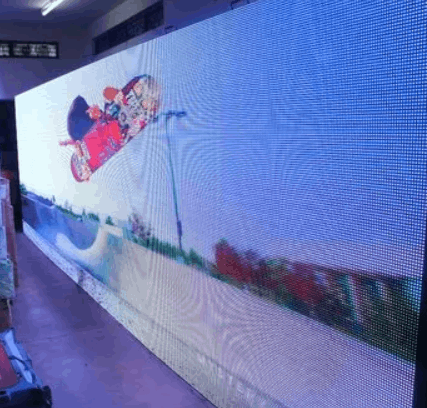
OLED: Some LED monitors use organic light-emitting diodes (OLED), a more sophisticated type of LED lighting.
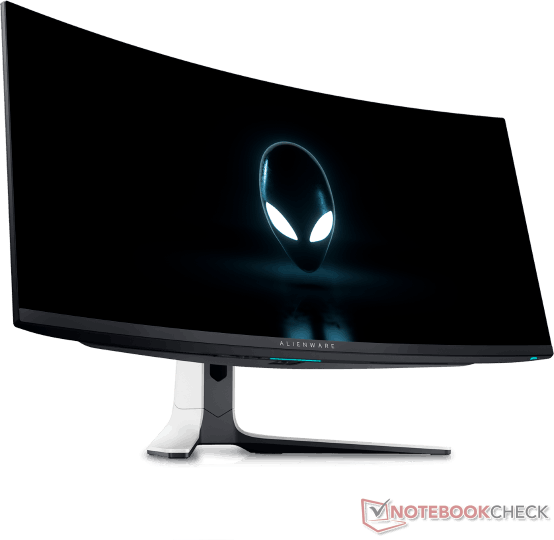
QLED: Quantum Dot LED is the next abbreviation in the list. Samsung's QLED can deliver the high levels of brightness and color depth that HDR demands while enhancing color accuracy by up to 90% compared to a regular LED TV or monitor.
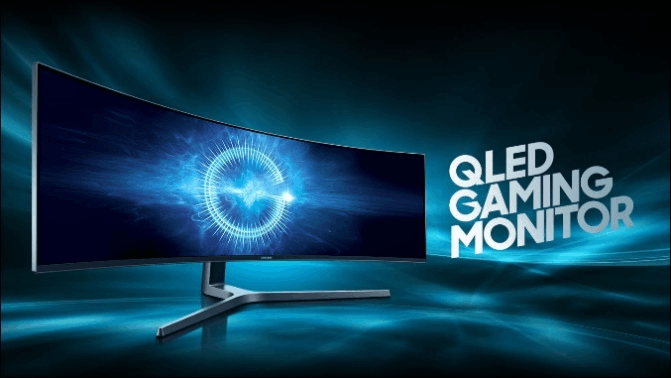
Types of displays as per performance:
Video display: This is a full-color LED display screen for the video. It can display video, animation, and other video files and is made up of many LEDs.
Text display: This is a single primary LED display panel for text.
Image display: This twin main LED display screen displays images.
Digital display: This seven-segment digital Nixie tube is used in digital displays such as clocks, interest rate screens, and other displays.
LED lattice display module with text and image uses many even-array LEDs. Information about characters and images is displayed using it.
Features of LED Monitor
The flat screen display, small size, and low operating power consumption of an LED display define it. These are the key characteristics of LED screens.
Use Less Electricity: Compared to CRT and conventional LCD monitors, these LED screens consume 730 percent less energy. With these energy-efficient monitors, you can save money while seeing sharp visuals.
Reliable: These LEDs are more dependable and long-lasting than CCFLs, which extends their lifespan.
Clear Images: The high-resolution display panels on LED monitors enable people to observe the images with the highest clarity and detail.
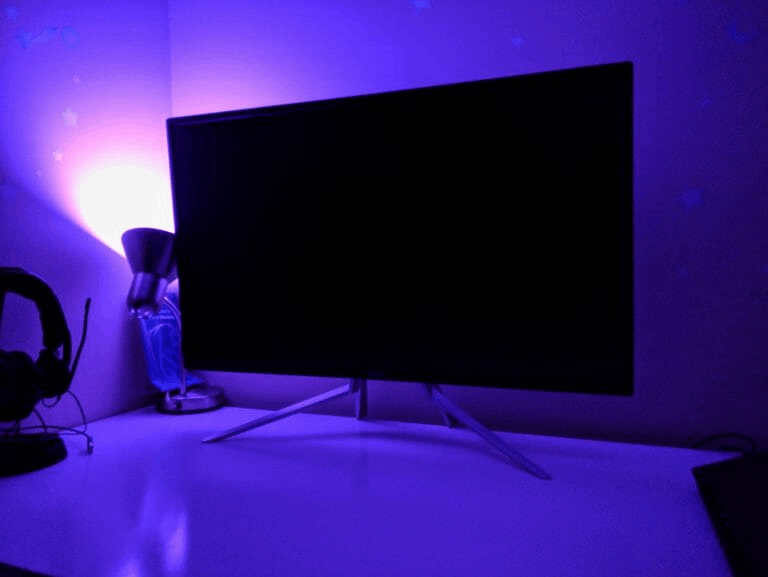
Advantages of LED Monitor
- Frequently less costly.
- A wider range of dimming.
- More dependable all around.
- They operate at a lower temperature.
- An increased dynamic contrast ratio
- Greater longevity and reduced environmental impact.
- Flicker-Free Images
- Better Color
- Brighter and Sharper Images
- No lags or motion delay
Disadvantages of LED Monitor
- Compared to traditional lighting systems, LEDs are more expensive.
- As LEDs age and get hotter, their hue may change.
- Compared to LCD or Plasma, LED is much slimmer.
- Inconsistent contrast ratios
- A much higher cost.